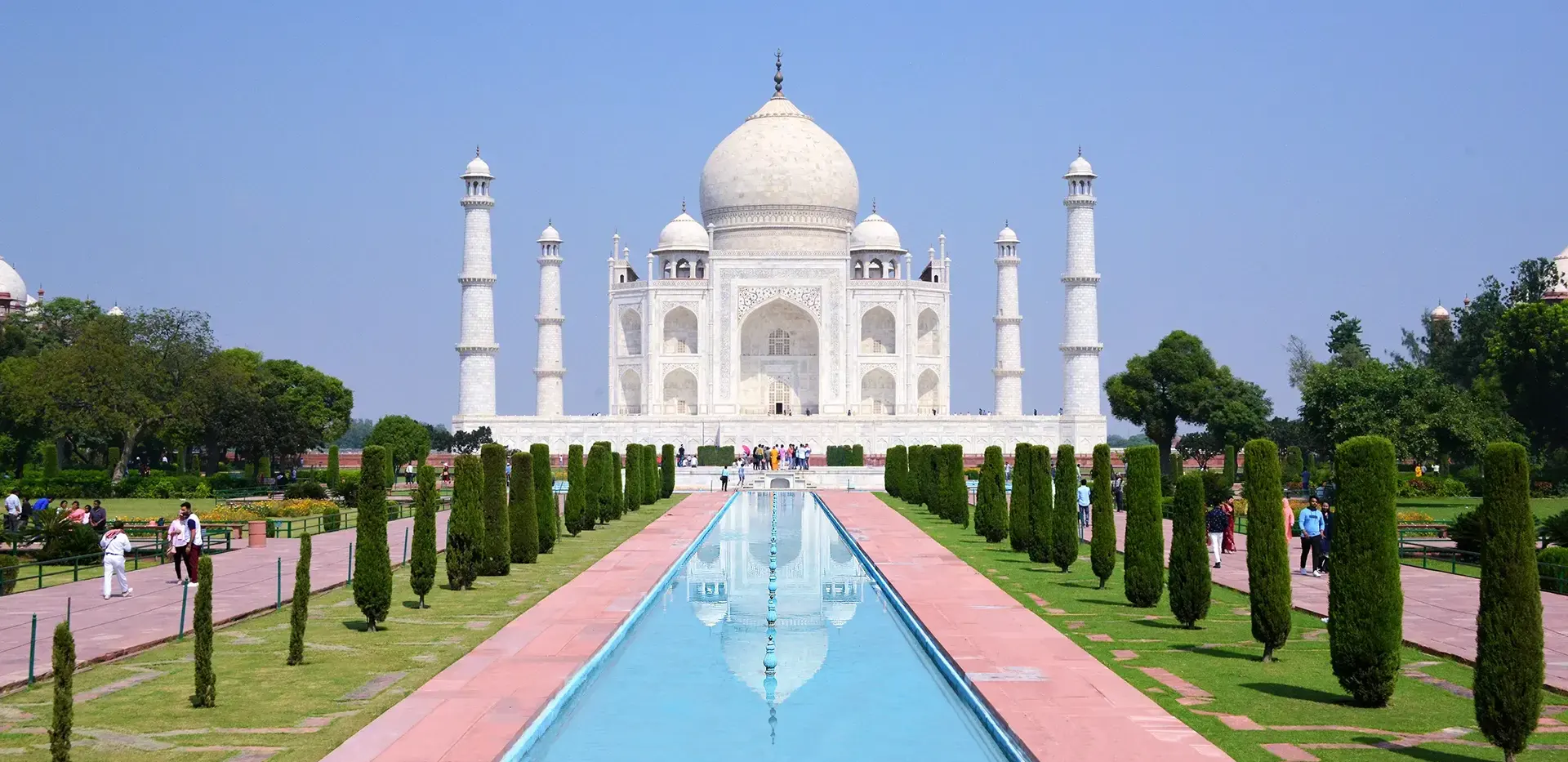

Easy Tours facilitates true luxury travel for explorers who are keen to discover more of our planet and its cultures. Since 2004 our level of service has been unmatched in our trade, which is the main reason about 70% of our guests today are repeat and referral guests.
The passion and knowledge of all our colleagues and the extreme attention to detail that we put into every aspect of your tour or vacation is what separates us. We only use the better rooms or suites, with the best available views, at the top boutique luxury hotels and resorts.
Travel cannot truly be a memorable experience without a guide who is extremely knowledgeable about their land and has the talent to relay their knowledge in an interesting and thought-provoking manner. Our guides have almost all been with us for over a decade and they are passionate about making your time with us your most memorable travel experience.
Our itineraries are the most detailed you will find anywhere for very good reasons. We are real experts in the destinations we facilitate. Every aspect of each itinerary’s design is painstakingly planned so as to make the most rewarding use of your valuable time – as much as possible, as all destinations have their unique vagaries that cannot be planned for.